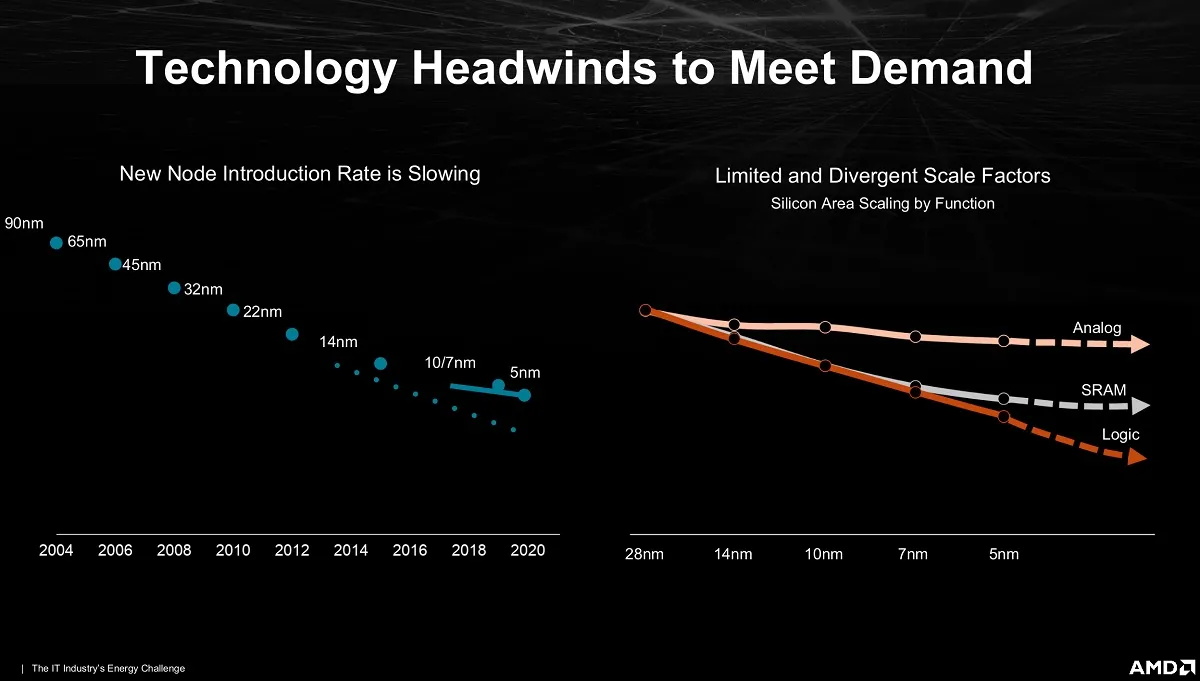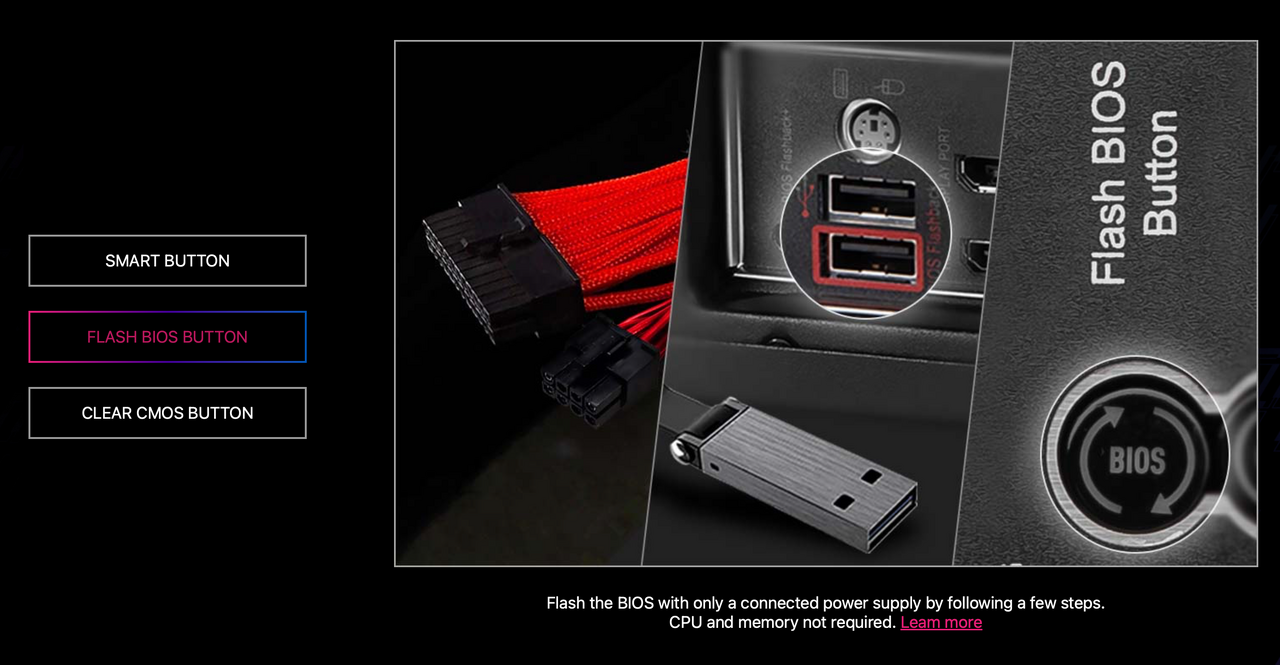Welcome to ExtremeHW
Welcome to ExtremeHW, register to take part in our community, don't worry this is a simple FREE process that requires minimal information for you to signup.
Registered users can:
- Start new topics and reply to others.
- Show off your PC using our Rig Creator feature.
- Subscribe to topics and forums to get updates.
- Get your own profile page to customize.
- Send personal messages to other members.
- Take advantage of site exclusive features.
- Upgrade to Premium to unlock additional sites features.
-
Posts
2,048 -
Joined
-
Last visited
-
Days Won
56 -
Feedback
100%
Content Type
Forums
Store
Events
Gallery
Profiles
Videos
Marketplace
Tutorials
Everything posted by Sir Beregond
-
Nice! Looks like you are having fun! With the fixed voltage (also what I do when OCing) and using a split CCD model of Ryzen, are you going about it with an all-core OC, or does your motherboard support per CCX all-core OCing? I found on my 5900X that the 1st CCD/CCX is descent enough binning (not great), but my 2nd CCD/CCX is pretty awful by comparison where the max all-core I can get out of the 2nd is at least 150MHz lower than the 1st. Being able to split my all-core settings between the two and pushing my better CCD to its brink is how I got my best score on R23 multi. Overall the bin I got as a package is kinda meh tier, but thought I might mention.
-
If I recall the RMx series (not to be confused with the cheaper RM series with no x) has the Japanese capacitors FWIW. Just going off that site, the Corsair warranty is 10 years while the MSI is 5 years. If these were my only two options, I'd go with the Corsair. Better warranty, and Japanese capacitors for the RMx model would make it just a better buy if these are the same price. But it would also be worth looking at options from Seasonic, Leadex / Superflower, beQuiet as well.
-
One correction: RTX 4080 had the $1199 MSRP. MSRP for the RTX 4080 Super was $999.
-
Wow, either some serious pump out, or convexity.
-

"Second star to the right, and straight on till morning."
Sir Beregond replied to ENTERPRISE's topic in Announcements
I'd be curious the actual storage needs. What you lose with a single physical server in a house is dynamic scaling for increased activity / bursts of activity, redundancy for outages, etc. In my estimation of current site activity, probably not a big deal, but still things to consider. -
I don't think they've had just one flop. It's been a long time since anyone called Ubisoft "innovative" or really putting out something new. They've in many way phoned it in a lot.
-
Looking forward to seeing what you can do with it. Also lol to the last line!
-
I would agree with this. GPU of course is going to be the biggest boon at 4K. CPU might benefit 1% lows if you are on an old enough chip. Otherwise your averages are going to be pretty much the same at 4K.
-
How do you like the MSI board / BIOS so far? Been mostly on ASUS myself with some EVGA sprinkled in for the bench (Z490, Z790).
-
You....built an AMD system? Last thing I was expecting to read.
-
To be fair, I haven't ben playing many newer games lately.
-
Hadn't considered the DLSS factor. Good point. Maybe I will upgrade once 9800X3D hits $300ish.
-
Is that only on average FPS? @Slaughtahousemakes a good point, I should look at some of these reviews and see where the 1% lows have seen improvement. Otherwise, averages seem very flat at 4K, agreed.
-

"Second star to the right, and straight on till morning."
Sir Beregond replied to ENTERPRISE's topic in Announcements
Also wondering if the cost to develop the site is not reflected in the current activity of the site. Which is a shame, from a feature perspective, great site. -
Being on 4k, these 4k relative and actual performance charts put some things in perspective. I wonder how the 5090 will change these numbers come next year. AMD Ryzen 7 9800X3D Review - The Best Gaming Processor WWW.TECHPOWERUP.COM The Ryzen 7 9800X3D establishes AMD as the leader in gaming performance. This Zen 5-based X3D chip is not only fast, it also comes with full support for overclocking. Besides gaming, application...
-
Yeah I only mentioned Aquasuite if you had one of their fan controllers or something. Otherwise I think you'll be fine with the free software or this Argus.
-
Yeah I think in many way yes, in some ways no. Analog components (your I/O, etc.) stopped scaling with new nodes way back in 28nm and maybe even before then. Cache was scaling well until around 7nm and has been leveling off since. Logic (your CPU / GPU cores, etc) on the other hand, continues to scale with each new process shrink, and actually looks like it might start scaling even better as we continue. Seems to suggest scaling is favoring logic these days while cache and analog transistors are already so much smaller than logic transistors, that they are probably already at their physical limits and in that sense, yeah Moore's Law is dead. And then yeah you mention the efficiency part which is interesting because on one hand companies are really trying to market themselves as efficient. Meanwhile the actual base power draw is so much more these days that they used to be. Top end GPUs used to max out at 250W. Now you have a 450W (default) 4090 that is arguably one of the most efficient power to performance GPUs Nvidia has released to the consumer market, yet its still drawing far more than we used to. Anyway, I'm interested in hardware still to an extent, but likewise hard to get excited about stuff when large market segments have stagnated and only gotten more expensive. Based on this chart from AMD, one of the reasons chiplets made sense. Logic on the most advanced node they want to use, meanwhile offload I/O component to older nodes because there is no reason to use the more advanced/expensive ones.
-
Good call out, and agreed.
-
Yeah...been watching that thread on OCN and there sure is the crowd that will just buy anything because it's new.
-
You're thinking of the reticle limit which tl;dr dictates maximum physical limit on die size. There are ways around that though, and to be honest, that hasn't been the limiting factor on monolithic chip design. The real limit is that the bigger the die, the higher the probability of defects. The bigger the die, the fewer chips per wafer. With potential for more defects, the fewer yields per wafer too. This becomes a big problem as we start hitting 3nm, 2nm and beyond where TSMC functionally holds a monopoly or at least technological dominance in the fab market and can price wafers however they want. TSMC 2N wafer is set to be 2x the cost of 5N and still significantly more than 3N (Source). So the real problem Intel, AMD, and Nvidia are going to hit is designs that minimizes potential for defects, maximizes yields per wafer, so they can get the maximum profit out of each wafer. At the same time they need to still deliver on performance expectations. We have not seen any consumer monolithic dies from Nvidia, AMD, or Intel anywhere close to the reticle limit. The closest was probably Turing with TU102 hitting a die size of 754mm2, but the dies since then have dropped back to just over 600mm2 for the biggest ones, with the step down dies being significantly smaller than that. Shifting back to Intel, the die size of Raptor Lake 14900K is 257mm2 - again a far cry from the physical reticle limit. So in the end, I don't think reticle limit is really a factor here currently and its more probably down to the cost per wafer of the more advanced nodes, and the increasing complexity of architectures necessitating a rethinking of how to manufacture and package, hence chiplets and tiles.
-
I totally agree that for a system whose primary use case is benching, overclocking, tweaking, etc, that power consumption / efficiency doesn't matter at all, and in that sense, I know tons of folks that fit in that camp who have had a lot of fun with 13th and 14th gen Intel. For my daily rig that's 4k gaming and I value quiet performance with the watercooling, I went AMD and it works fine for my use case. I still did a lot of tweaking for the RAM timings which need significant gains in latency, as well as tweaking both the PBO boosting behavior and all-core OC's for the chip. My motherboard has a feature to dynamically shift between all-core OC and PBO single-core max boosts based on parameters set for load. So it's not all bad. But for max overclocking and tweaking fun? Got the bench and some Intel systems for that. Rumor mill suggests Intel is working their way back to a single core and dropping this hybrid P + E core approach. Guess we'll see if that actually happens. Skymont E-cores are supposed to be about the IPC of Golden Cove (Alder Lake P-cores) if I recall? I wonder why Intel didn't drop an 8P + 32E considering the loss of hyper-threading. Yeah I really hope Linux gaming continues to gain ground with the Steam Deck and other efforts. I am really reaching the point I want to just be done with Windows altogether.
-
From a purely enthusiast perspective, I absolutely agree that chiplet design is fundamentally "worse". They absolutely introduce latency penalties over what a monolithic design would have. Much like having to access DRAM is a bottleneck, so to is having to communicate over an interconnect to other parts of the CPU. That said...it makes total sense from a price/performance standpoint and as a way to both simplify manufacturing, and overall lower cost. In many ways its what allowed AMD to heavily price compete Intel in the Zen 2 era, and Intel probably saw that advantage as well vs having what...several different monolithic die designs to contend with every generation. So from that perspective...I kind of get it. Secondarily, my AMD system is fine. It works, it's performant for what I use it for, etc. I would hardly say it "sucks". Now...from an overclocking / enthusiast wanting to play with it perspective? Yeah...I have a 13900KS on the test bench for a reason, when I get around to it . Whether us as a niche group which is not the market that is propping up companies like Intel and AMD like it or not, chiplets are here to stay. My only hope is that Intel can find a way to be competitive again because the last thing we need is a monopoly in the market.
-
No idea considering the 9000-series X3D chips have not released yet. That said, shouldn't matter. That motherboard support BIOS flashing without CPU and memory according to their website, so I think you'll be fine either way.







